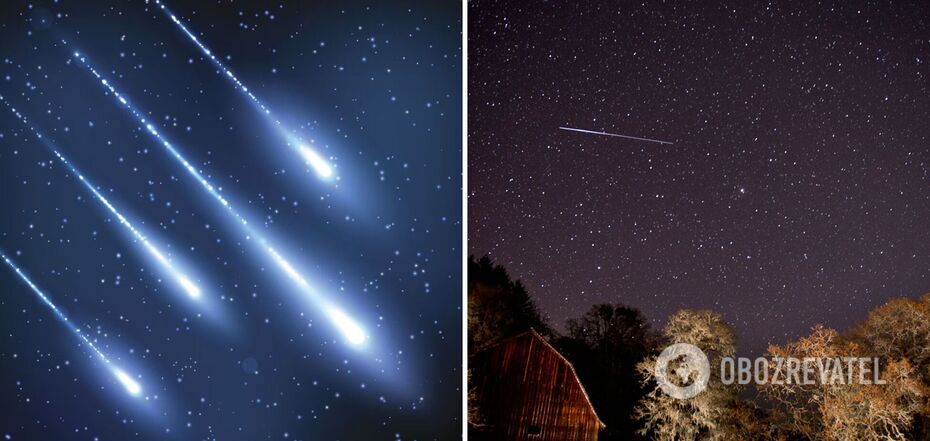Life
Meteor shower is approaching the Earth: when to make a wish
The end of April on Earth is accompanied by one of the most beautiful cosmic phenomena - the meteor shower. In the middle of spring, its source is a meteor shower called the Lyrids.
According to NASA, the Lyrids are one of the oldest known meteor showers. People have been observing it for 2700 years. The first mention of it was recorded in China in 687 B.C. It is known that this is not the most abundant meteor shower, but it boasts brightness. At peak hours, you can see 10-20 meteors. And thus, you can make a wish on them, as is customary when you see a shooting star.
Lyrids, when they enter the Earth's atmosphere, usually do not leave behind spectacular long plumes of dust. But they can occasionally appear as a bright flash, also called a fireball.
How to observe the Lyrids
This meteor shower is best seen in the northern hemisphere at the darkest possible time of day - after sunset and before dawn. To admire it, you need to find a place away from city or street lights.
Prepare a sleeping bag, blanket or deckchair. Lie on your back with your feet facing east and look carefully up into the night sky. After about 30 minutes, your eyes will adapt to the darkness and you will start to see meteors. Be patient - the show will last until dawn, so you'll have plenty of time to admire the phenomenon and make a wish.
Where the Lyrids come from
Usually, meteors that burn up in the Earth's atmosphere during a meteor shower are particles of broken comets and asteroids. Every year, the Earth passes through a cluster of such debris and some of it enters the atmosphere. They burn and disintegrate, leaving beautiful streaks in the sky. This is called a meteor shower or rain.
The source of meteors for the Lyrids was comet C/1861 G1 Thatcher. It was discovered on 5 April 1861 by amateur astronomer Albert Thatcher.
Visually, the meteors of this stream come from the constellation Lyra, in particular from the region of Vega, its brightest star. In fact, the constellation after which the meteor shower is named serves only to help viewers identify the shower they are observing that night. It is not a source of meteors in itself.
OBOZREVATEL previously told which planet in the solar system astronomers named the oldest and which one - the youngest.
Subscribe to OBOZREVATEL's Telegram and Viber channels to keep up with the latest news.



























